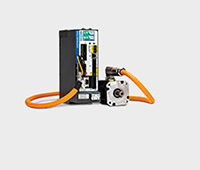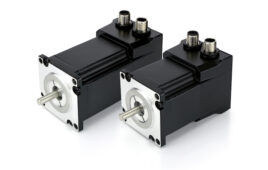By Paul J. Heney, Editorial Director
It’s not uncommon to find sensors that can detect colors and small differences in color shades—but on objects with a varying color pattern, uneven or textured surface, and in tight quarters, this can be a daunting task. When the object is composite decking and features varying grains of different heights, the challenge is made even more difficult. In some cases, there is little room for mounting these sensors on the conveyer or manufacturing process to keep them out of harm’s way.

Many sensors can only detect a small number of colors and often cannot detect the slight differences in shades, which means multiple sensors or reprogramming is required between jobs. For one particular application, Balluff’s BFS 33M color sensor was able to solve these difficult problems. Benefits of using this photoelectric sensor include:
- Detects small differences in color shades
- Great mounting flexibility, and
- Not affected by surface variations.
In this application, the BFS 33M was used to detect a color variation on an extruded composite decking board, in order to maintain color uniformity. The sensor was located at the exit end of the extruder, to determine if the color was within a given color tolerance, which was specified in the configuration software. If the color of the boards exceeded the given tolerance, the process line would be halted and the color mix corrected by personnel.

An optional lens was used, allowing the fiber optic cable to be mounted farther away at 220 mm—and a 22° angle. No external lighting of any kind was required to achieve a reliable output. Four of the seven output channels were programmed for the different colored boards that could run down the line. In addition to the three digital (binary) outputs, the sensor also offers a serial output that would allow infinite color variations to be programmed and detected.
Balluff Inc.
www.balluff.com
Filed Under: MOTION CONTROL, SENSORS





Tell Us What You Think!